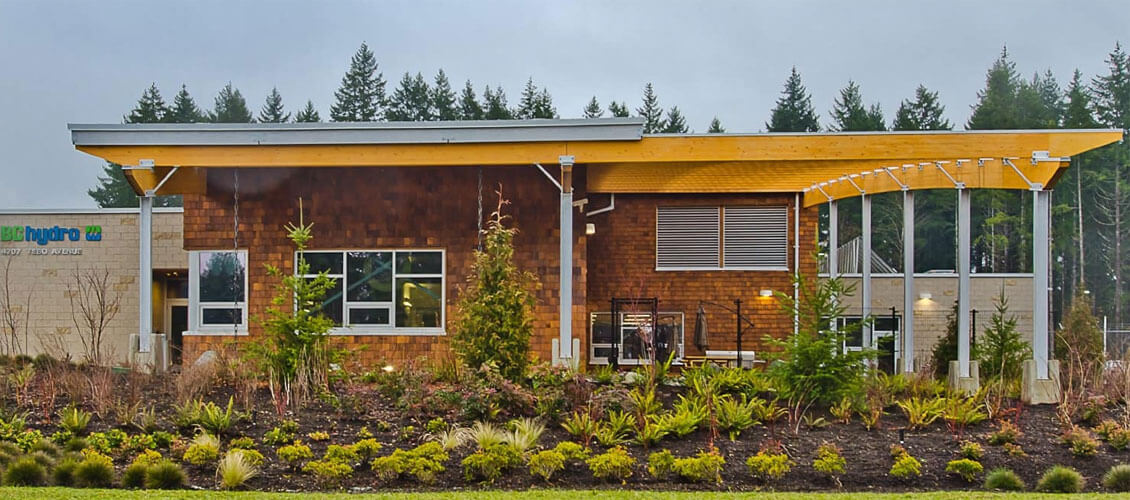
Natural Techniques to Weathering Your Cedar Siding
Cedar siding has long been praised for its natural beauty and the unique, warm aesthetic it adds to homes. Over time, its initial vibrant color naturally fades to a distinguished silvery-gray patina, a process many appreciate for the character it brings. Yet, not everyone prefers to wait for nature to take its course, and some opt to speed up the weathering process to achieve this look sooner.
Artificially Aging Cedar Siding for a Weathered Look
To simulate the weathered appearance of cedar siding, applying semi-transparent stains in driftwood gray shades is a popular choice. This method offers an immediate weathered look but lacks the authenticity of cedar that has naturally aged over time. For those desiring the true, naturally aged appearance, exploring other techniques is advisable.
The Timeline for Natural Weathering
The journey towards a uniformly weathered cedar siding is a long one, often stretching over several years. The rate at which cedar weathers to the sought-after silvery-gray finish varies widely based on environmental conditions, including the home’s location, the local climate, and the amount of sunlight the siding receives. Regular maintenance, such as annual cleaning, can promote even weathering and help avoid issues like dark spots, contributing to a more consistent aged appearance. It’s also beneficial for the siding to have proper ventilation to aid moisture evaporation, which is crucial for an evenly aged look.
Maintaining Cedar Siding
Maintaining the aesthetic appeal of cedar siding requires some basic but essential care. Regularly washing the siding with a hose to remove dirt, followed by a cleaning with an oxygen bleach solution, helps maintain its condition. An oxalic acid wash can then be applied to even out the wood tones. Regular inspections for any potential issues are crucial, with prompt action needed to address any identified problems.
Deciding Whether to Naturally Weather Cedar Siding
While some homeowners prefer the natural aging process, others opt for treatments like bleaching stains to accelerate the weathering. Each approach has its benefits, with natural weathering offering an authentic patina that evolves over time, while treated options provide an immediate aged appearance. Regardless of the choice, regular maintenance is key to preserving the siding’s beauty.
Do Cedar Varieties Age Differently?
Both red and white cedar siding will turn gray over time, especially when treated with a bleaching stain, though white cedar tends to adopt a lighter gray shade. Each type offers its unique charm and contributes differently to the home’s overall aesthetic.
Conclusion
Whether you choose to let cedar siding age naturally or prefer a quicker, treated method to achieve that distinguished weathered look, the outcome is sure to enhance your home’s exterior. It’s important to consider both the aesthetic and maintenance implications of your choice. Cedar siding, regardless of how it’s aged, remains a timeless choice for those seeking the natural beauty and durability it offers.
For more detailed guidance on caring for cedar siding or choosing between naturally weathered and pre-finished options, consulting with a cedar siding specialist or supplier can provide tailored advice and products suited to your specific needs and preferences.
